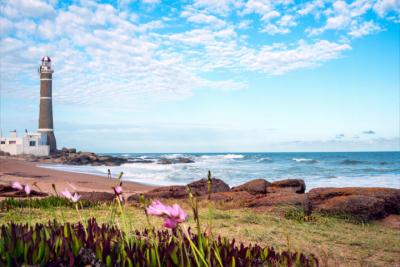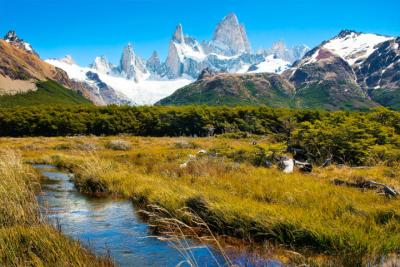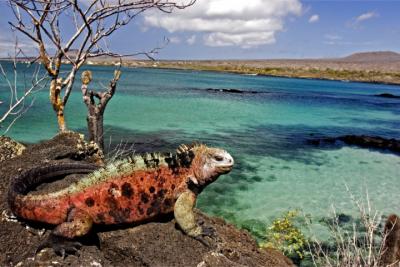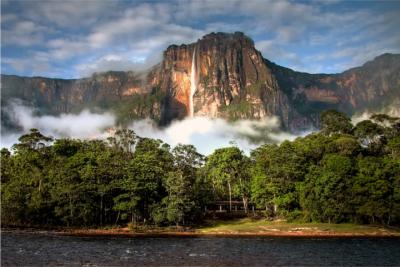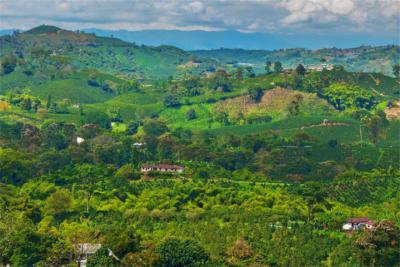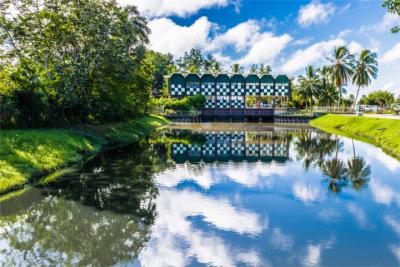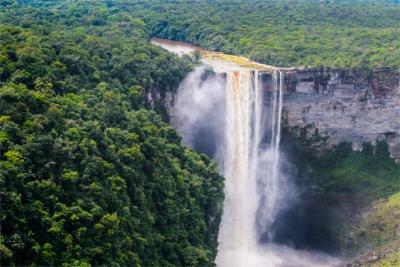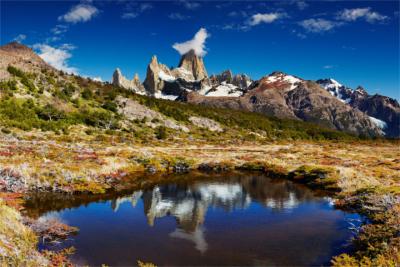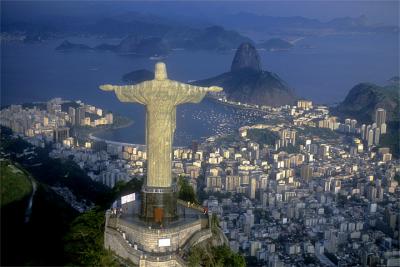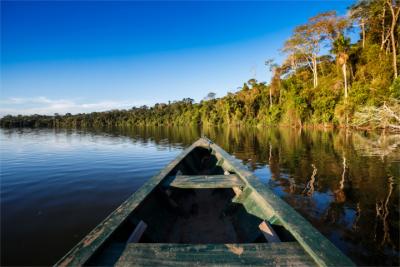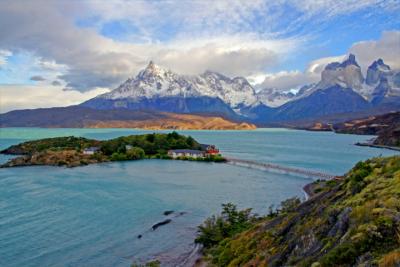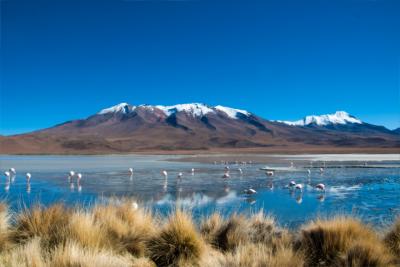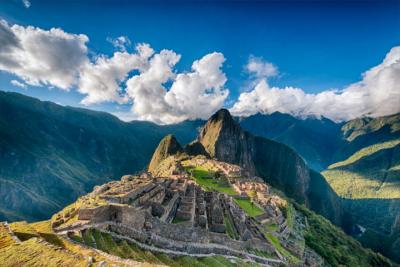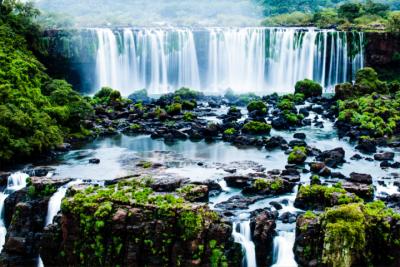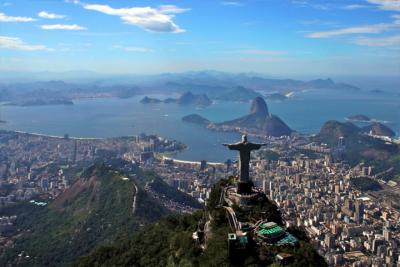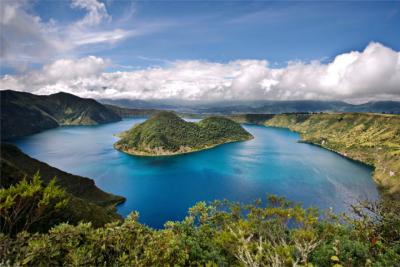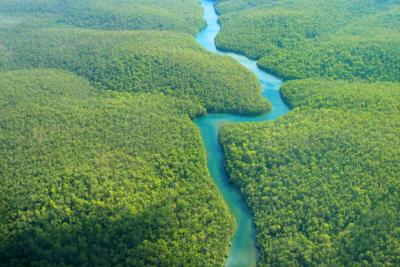Travel Offers
Travelmyne Featureprint
Distance
South America - The Adventures of the New World
Fascinating advanced civilisations like the Maya, the Inca and the Aztecs kept South America's native beauty a secret. The mighty Amazon and the endless vastness of the rainforests constitute one of the most significant natural paradises on earth.
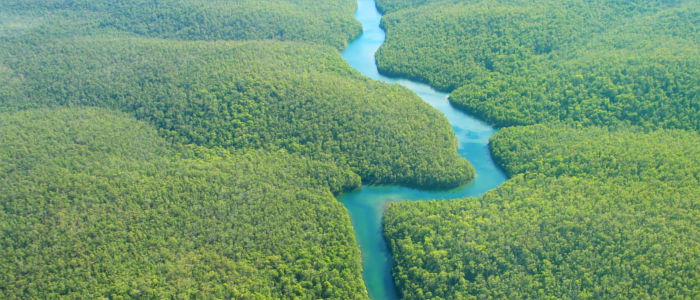
Geography - Andes Mountains and Amazon
The fourth biggest continent on the planet is populated by about 400 million people and constitutes the southern part of the American continent. South America is surrounded by the Atlantic Ocean in the east and the Pacific Ocean in the west. The continent can generally be divided into three main parts. In the west it is dominated by the high mountain range of the Andes, which is the longest overseas range with a length of 7,500 kilometres and reaches from Venezuela to Patagonia. The river plateau contains South America's greatest stream plateau - the Amazon delta. Together with the main river Amazon, over 10,000 tributaries create an impressive and biodiverse river landscape which you find nowhere else on earth. The third wider area consists of an abundance of big and small hill countries. If you are looking for the continent's most southern point, you have to go to the Chilean rocky island Cape Horn. South America contains all climate zones from the frigid zones of the Antarctica to the high mountain zones and the hot dry deserts to the tropical rainforests. The continent's greatest country is Brazil with an area of 8,514,215 km², while its smallest country Suriname only covers 163,820 km².
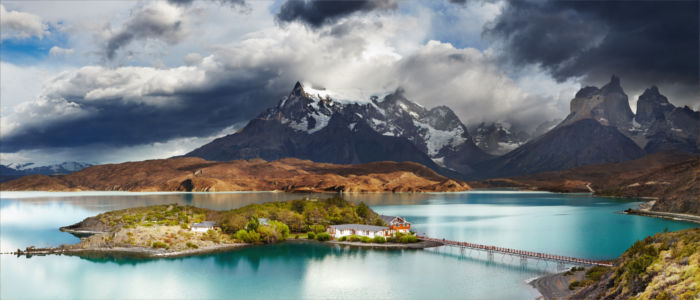
Nature - Lively hummingbirds and tired sloths
During the origin of Planet Earth, the South American continent developed autonomously from the other continents for the most part. This resulted in the region's unique flora and fauna. Especially the lower jungles with their thick creepers and twiners present an impressive panorama and an unbelievable biodiversity. The number of tropical plant species is still unknown, new species are discovered daily. Alone 90 different types of carnivorous plants have been revealed. Numerous typical exemplars from South America have come to be international bestsellers - some of which are not even associated with South America anymore such as the much-loved and common potato, which was only exported to Europe later on, or the delicious physalis, which is a typical fruit from the mountainous regions of the Andes. Guavas and cocoa are also on everyone's lips. Besides the predators Andean bear and jaguar, the armadillo and the coati are members of the characteristic fauna. The sloth is also a typical South American. As they sleep 20 hours a day, it should not be a problem to encounter one of these sleepy animals in a tree. The colourful hummingbirds of the Tierra del Fuego are considerably more lively. It is not easy to perfectly capture this little animal on camera because it does 50 wing beats per second.

Culture - Inca art and tango rhythms
Until the 15th century South America was the kingdom of the Inca, Maya and Aztecs. These advanced civilisations lived in harmony with nature, grew maize and other crops and created fantastic kingdoms. Their mythical temples could only be preserved in a few parts. Nowadays the remaining indigenous native inhabitants predominantly live in the highlands of the Andes. Europe's colonial powers took the country by assault and, driven by the gold rush, they built numerous Baroque style colonial towns. Major parts of the continent could not yet be fully developed for tourists, thick jungles and deep green dominate the picture. The biggest cities Rio de Janeiro, Buenos Aires, Sucre or Santiago de Chile, in contrast, are important venues regarding culture for visitors from all over the world. Especially the fiery rhythms of the samba and of course the tango are now danced all around the globe - but their roots are in South America.
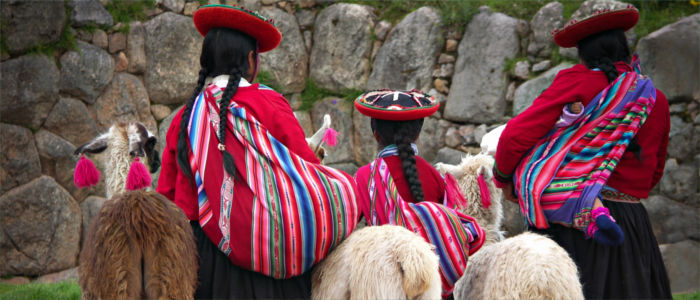
Experience - Machu Picchu, tour on the Amazon and Carnival in Rio
A journey to South America is like a dip into the past. Travellers from all over the world follow the tracks of the great Inca kings when they visit the legendary Machu Picchu in Peru. In Brazil the colonial-style towns like Tiradentes revive the gold rush from the 17th century. You can hike and climb in the hill country of Mérida, take a boat tour on Lake Titicaca to relax and visit a traditional coffee finca in Columbia's Zona Cafetera to revive your spirits. The exuberant carnival in Rio de Janeiro is a true firework of colours and sounds, and nature travellers will enjoy the remote Falkland Islands. Those who are interested in a river trip on the Amazon should definitely call on the services of an experienced Amazon guide. The numerous courses of rivers in the realm of the piranhas can easily create confusion. The regions Iquique and Arica at the northern coast of Chile make surfers's hearts leap for joy with their exciting waves and hotspots.
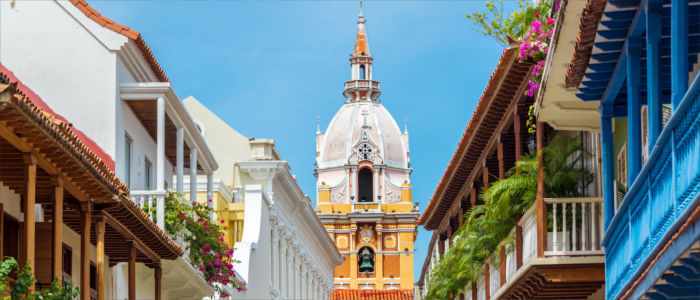
Information
Due to the geographic position, South America's seasons correspond to the exact opposite of the European ways: they have winter in June and summer in December. Altogether 350 languages are spoken on the continent, including indigenous languages like Quechua and Aymara, which are official languages in some countries. The prevalent official languages Spanish, Dutch, Portuguese, English or French are heir to colonial times. Since tropical diseases repeatedly break out in many countries, travellers have to mind vaccine protection. Most of the bigger cities can easily be reached via the European or American air traffic.
South America's greatest potential for tourism lies in the nativeness of its nature. Hardly any region on earth displays such a great variety of species in flora and fauna. The magic of the bygone Inca Empire also contributes to the continent's charm and allure.

